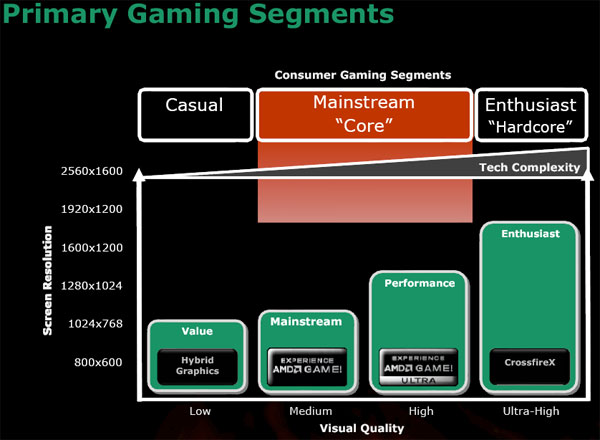Ieldra
I Promise to RTFM
- Joined
- Mar 28, 2016
- Messages
- 3,539
yes that is exactly what I'm using Hawaii for and the fact is AMD used Hawaii to get to that 2.5 perf/watt metric for Polaris
Fun fact 2.5 perf/watt is the same as 250% perf/w, or 150% extra performance/watt.
#percentagesdontlie
![[H]ard|Forum](/styles/hardforum/xenforo/logo_dark.png)
